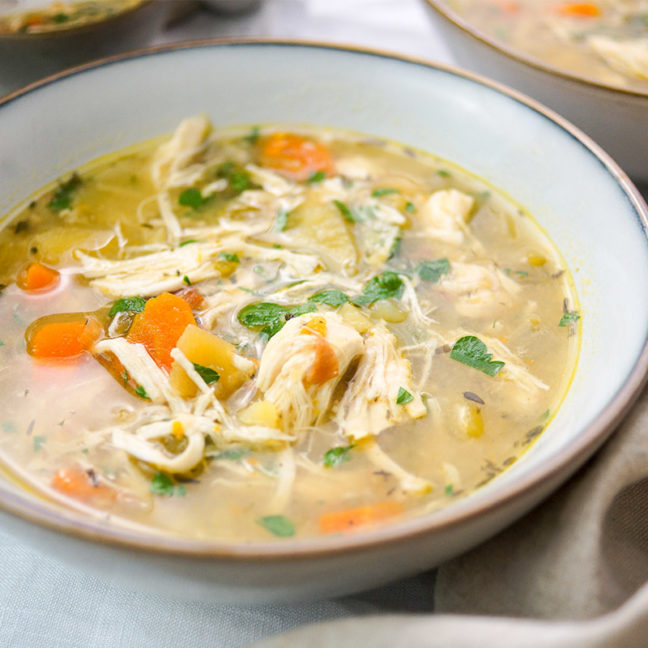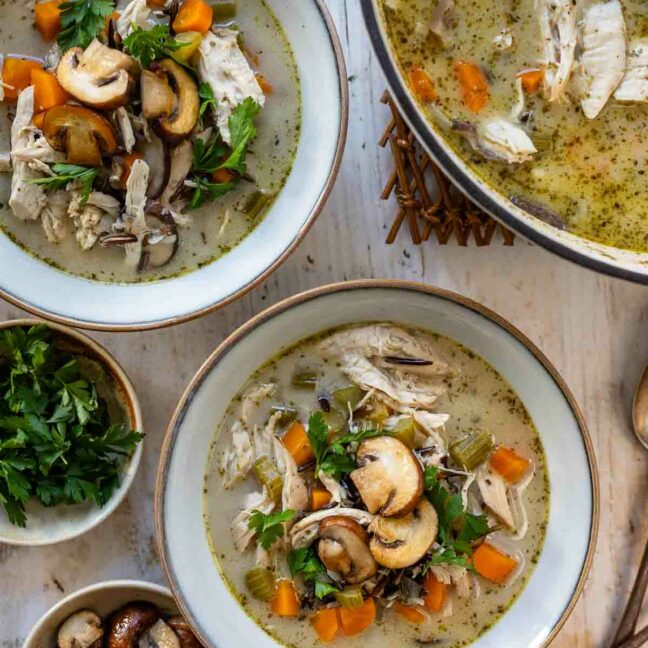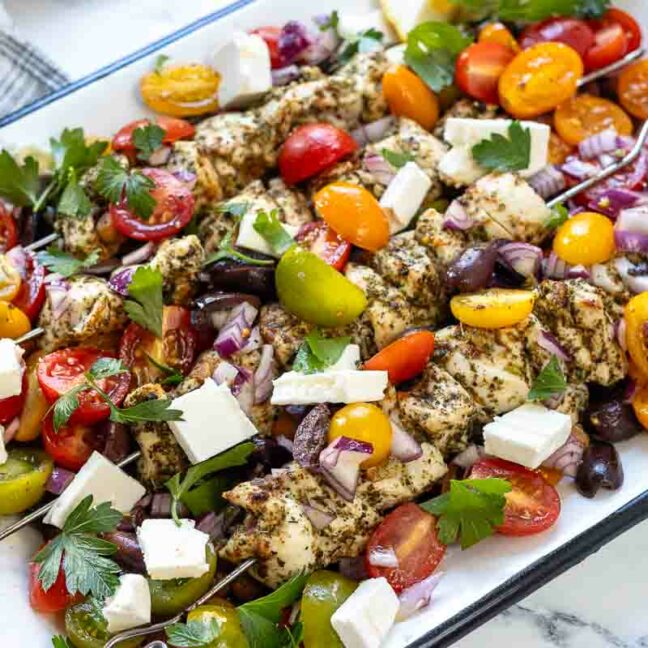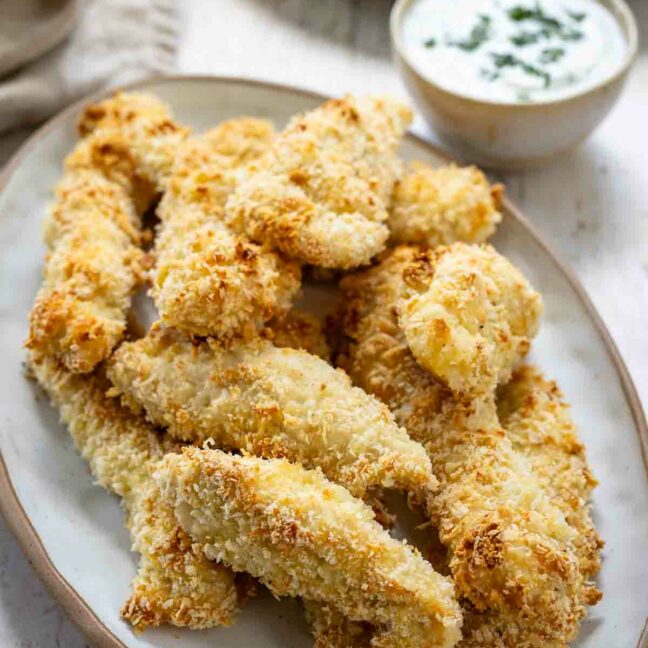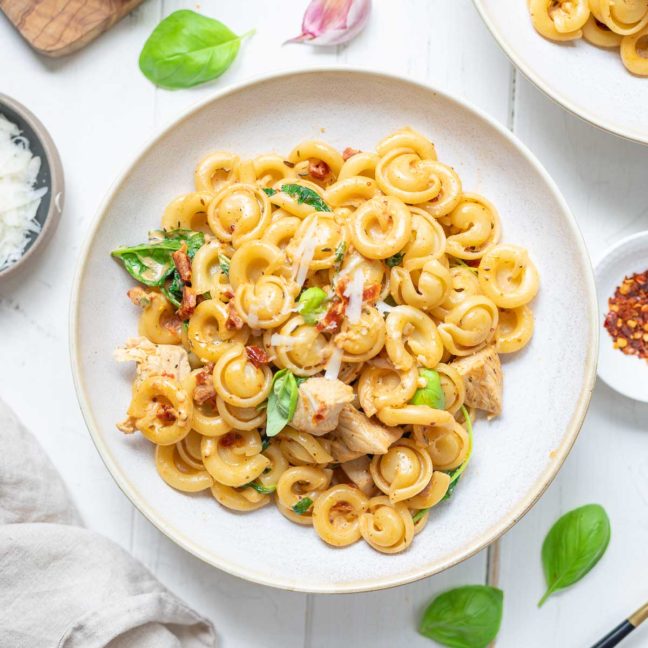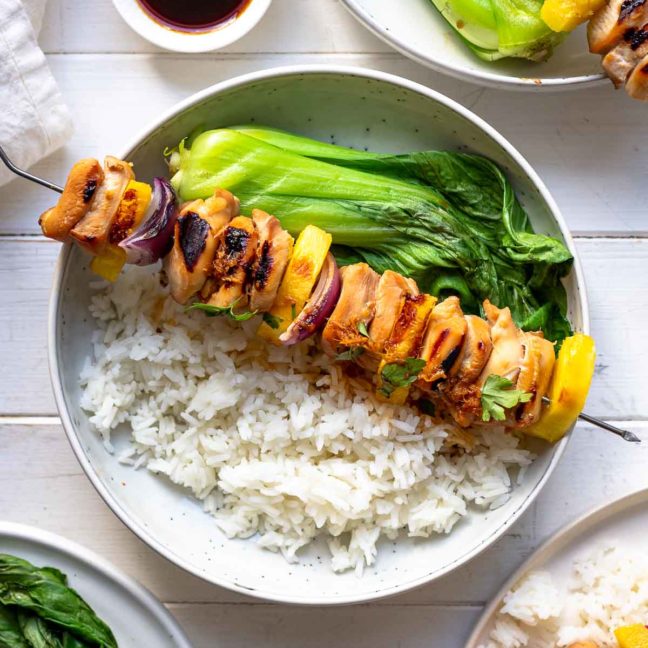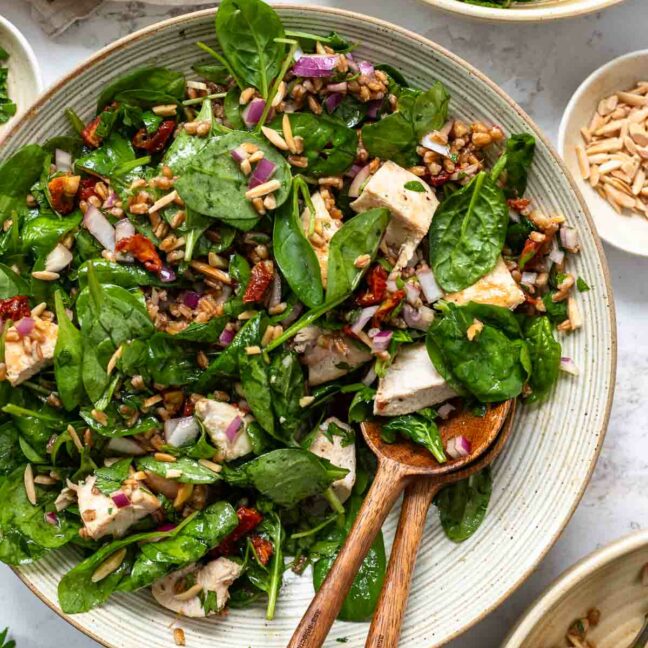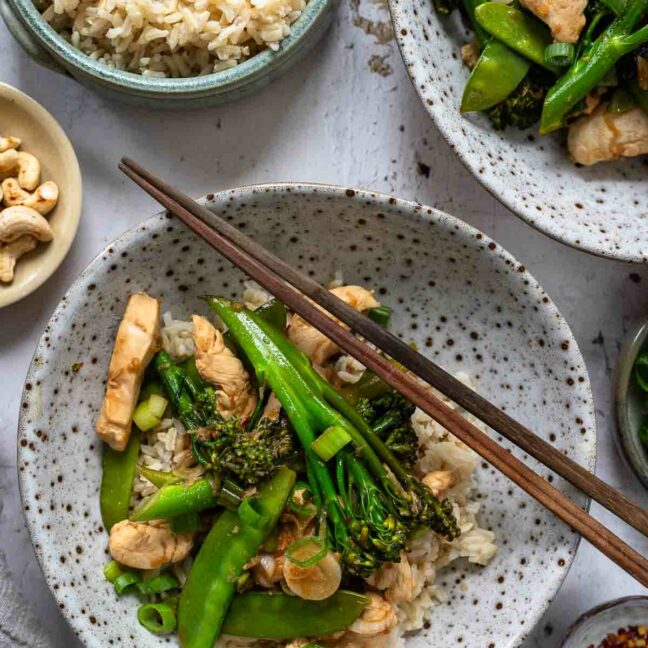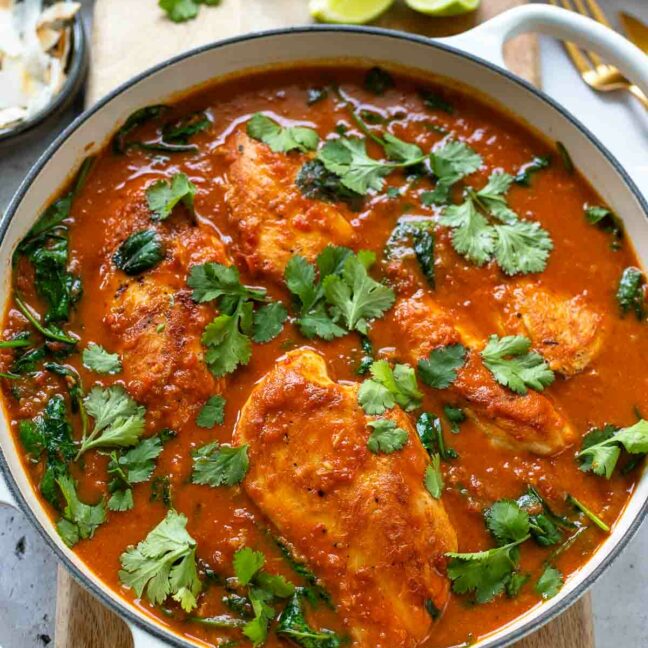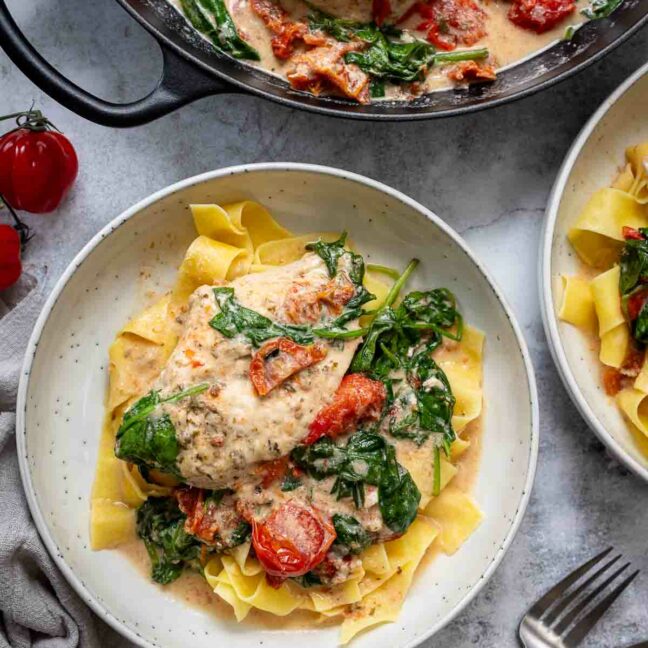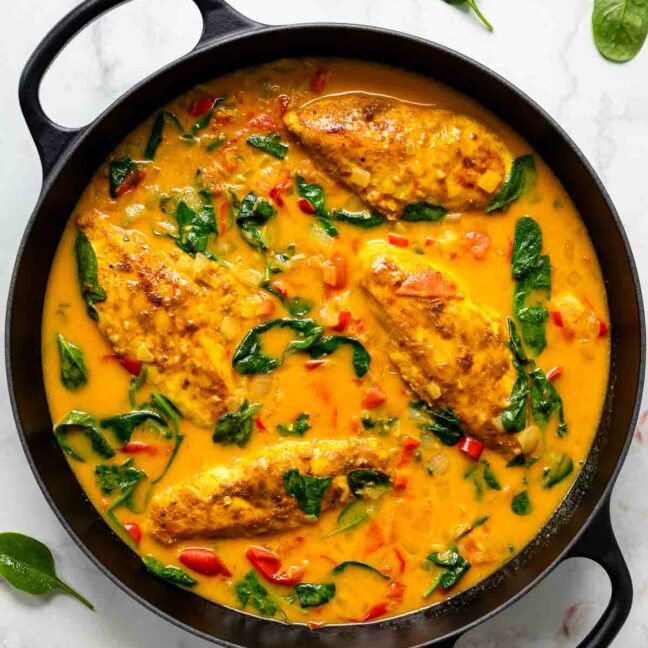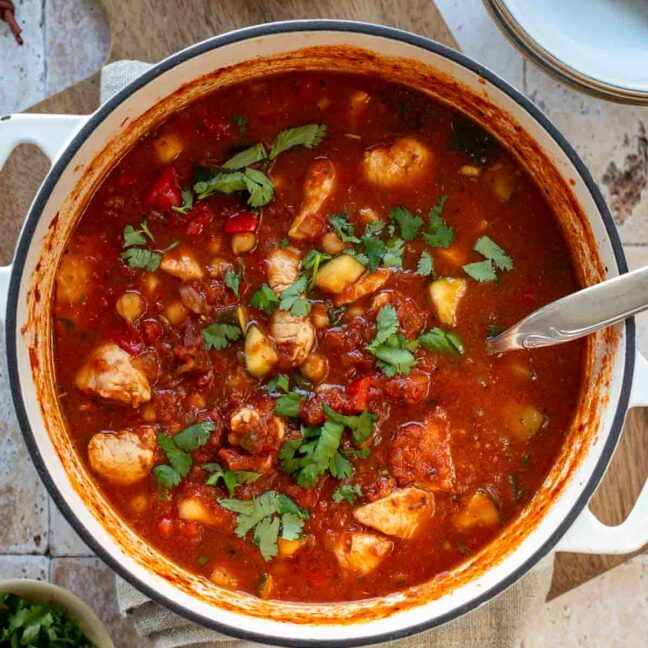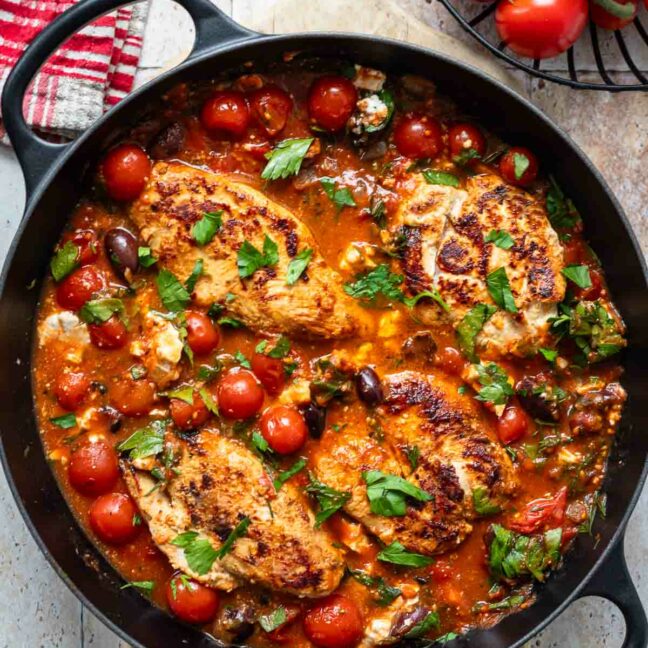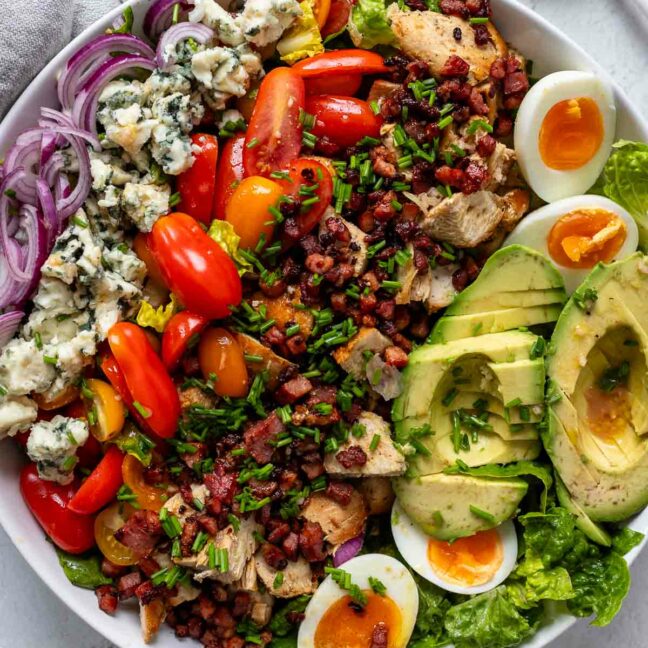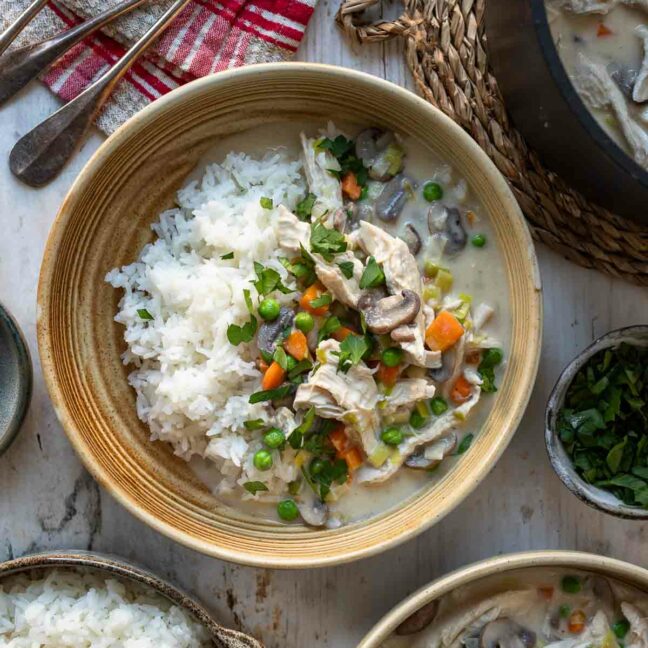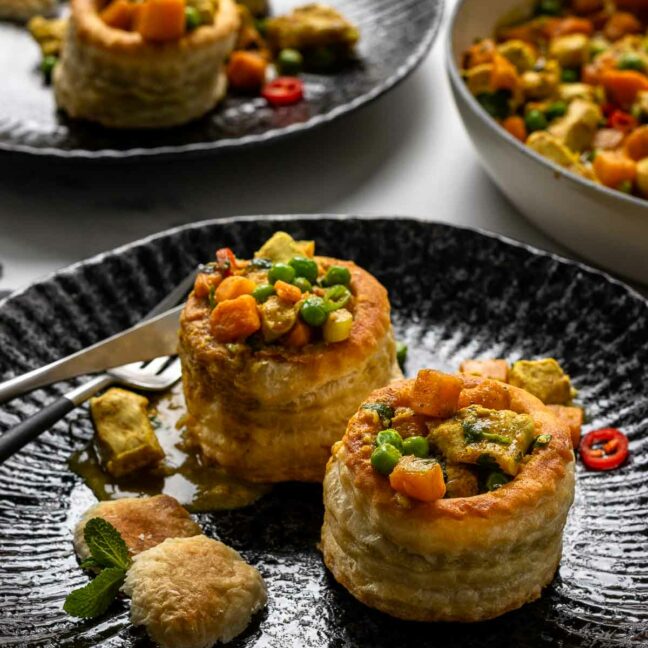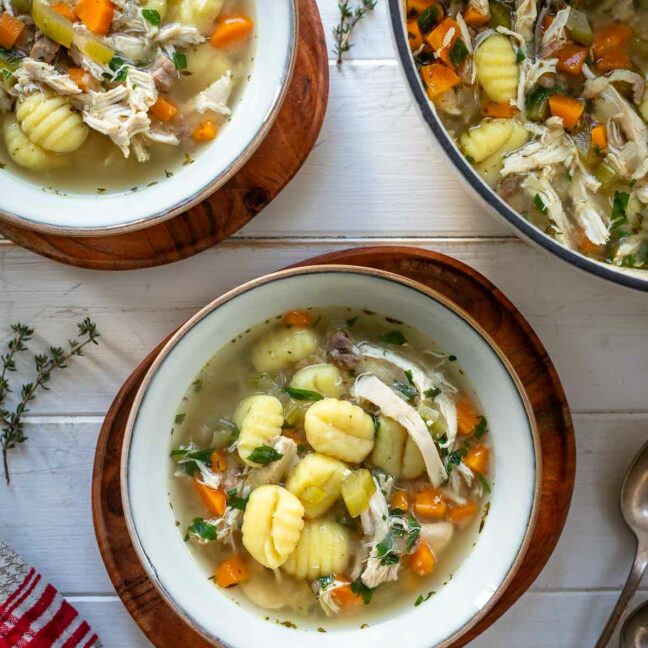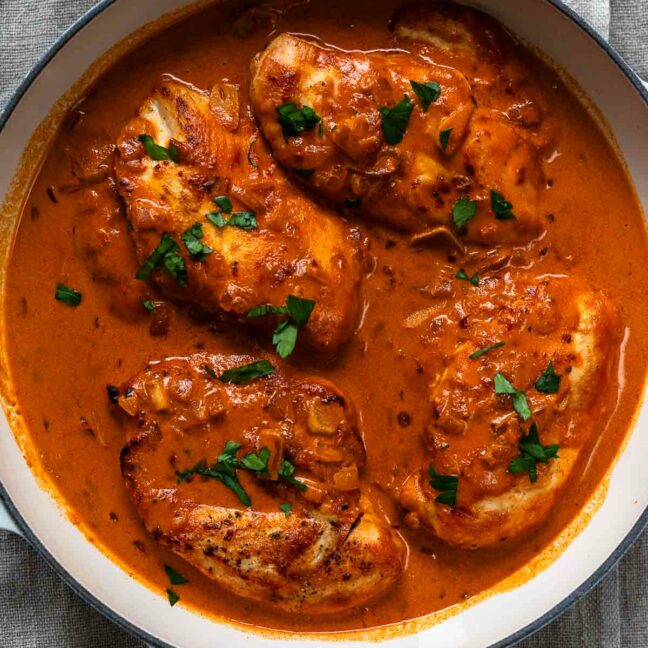Whether you’re craving tender chicken thighs or juicy chicken breasts, this versatile poultry shines in countless dishes. Discover everything from comforting oven-baked meals to flavourful pasta, soups, salads, and more.
Chicken
Chicken Recipes: How to Buy, Store, and Cook Chicken Like a Pro
Poultry is one of the most versatile proteins out there, and it’s a true staple in the kitchen. Whether you’re looking to whip up a comforting bowl of chicken soup or roast a bird to perfection, knowing how to pick, store, and cook chicken is essential to nailing any recipe. Here’s how to make sure your dishes turn out juicy and flavourful every time.
Whole Birds vs. Chicken Cuts: What to Buy
When you’re in the store, you can go for a whole chicken or specific cuts like breasts, thighs, drumsticks, wings, and even giblets (yes, the heart, liver, and more). Each has its place in the kitchen, and here’s the breakdown:
- Whole Chicken: A budget-friendly option that gives you versatility. For long, slow-cooked dishes like soup, look for a “stewing hen”. These birds are older, with tougher meat that’s ideal for broths and soups but won’t work as well for roasting or frying. But if you’re looking to save time when making a soup, a regular, younger chicken works great.
- Cuts for Quick Recipes: If you’re roasting, grilling, or pan-frying, consider corn-fed. These chickens are known for their distinct yellowish meat (thanks to their corn-rich diet) and offer tons of flavour when roasted.
- Dark Meat Fans: For richer, more succulent meat, you can’t beat thighs. They’re ideal for braising, roasting, or adding to soups when you want deep flavour with less cooking time than a whole bird.
Fresh vs. Frozen Chicken: What’s the Difference?
Poultry comes in two main options: fresh or frozen. If you go for fresh chicken, make sure to store it properly in the fridge to avoid cross-contamination. Always check the expiration date and use it before it spoils.
Frozen chicken is another excellent option, especially for stocking up. Plus, frozen chicken products like nuggets, wings, or schnitzels are perfect for quick meals. Just make sure to follow the cooking instructions for the best results.
Storing Chicken Safely
Store it at 40°F (4°C) or below, and use it within 1-2 days. Keep it in a separate container to prevent any contamination. If you’re not cooking it right away, freeze it! Poultry can last up to 9 months in the freezer if properly stored. Just remember to thaw it in the fridge, not on the counter, to avoid bacteria growth.
How to Use Chicken Cuts in Recipes
Each cut is perfect for different types of recipes:
- Chicken Breasts: Great for grilling, baking, or stir-frying.
- Drumsticks and Wings: Ideal for BBQs or game-day snacks.
- Thighs: Tender and juicy, they’re amazing for slow-cooked meals.
- Giblets: Perfect for enriching soups and stocks.
Corn-Fed Chickens: Perfect for Roasting
When it comes to roasting, corn-fed chickens are a favourite. Their yellowish meat and deep flavour make them ideal for any roast chicken recipe. If you’re aiming for a rich, crispy-skinned bird, these are your go-to.
Marinating Chicken: Tips for Flavour and Tenderness
If you want to elevate your game, marinating is key. It infuses the meat with flavour and helps tenderise it. Here’s how to master your marinade:
Acid is Your Friend: Use something acidic—like lemon juice, vinegar, or yogurt—to help break down the fibres and tenderise it. But don’t overdo it! Too much acid or marinating for too long can leave the meat mushy. Stick to these guidelines:
- 30 minutes to 2 hours for boneless cuts like breasts
- 2 to 4 hours for bone-in thighs or drumsticks
- Up to 12 hours for a whole bird
Balance Your Flavours: A good marinade needs a balance of acid, fat, and seasonings. Combine:
- Acid (like lemon or vinegar) to tenderise
- Fat (like olive oil or yogurt) to carry flavours and keep the flesh moist
- Seasonings (garlic, herbs, salt, pepper) to boost taste. Add soy sauce or mustard for extra depth.
Don’t Over-Marinate: Keep it within the recommended time to avoid tough or mushy flesh.
Always Refrigerate: Keep your marinating chicken in the fridge, not at room temperature, to prevent bacteria growth.
Pat It Dry: Before cooking, pat the flesh dry to get a great sear. Excess moisture will cause steaming instead of browning.
Use Marinade for Basting or Sauce: Set aside some marinade before adding the raw chicken to use later for basting. Or, boil the marinade to make it safe for a delicious sauce.
Get Cooking!
Now that you’ve got the lowdown on buying, storing, and prepping your chicken, it’s time to cook! Whether you’re roasting, grilling, or braising, using fresh, high-quality chicken and paying attention to these details will make your recipes shine. From baked chicken breasts to slow-cooked thighs, there’s a delicious chicken recipe for every occasion. Dive in and start cooking!


